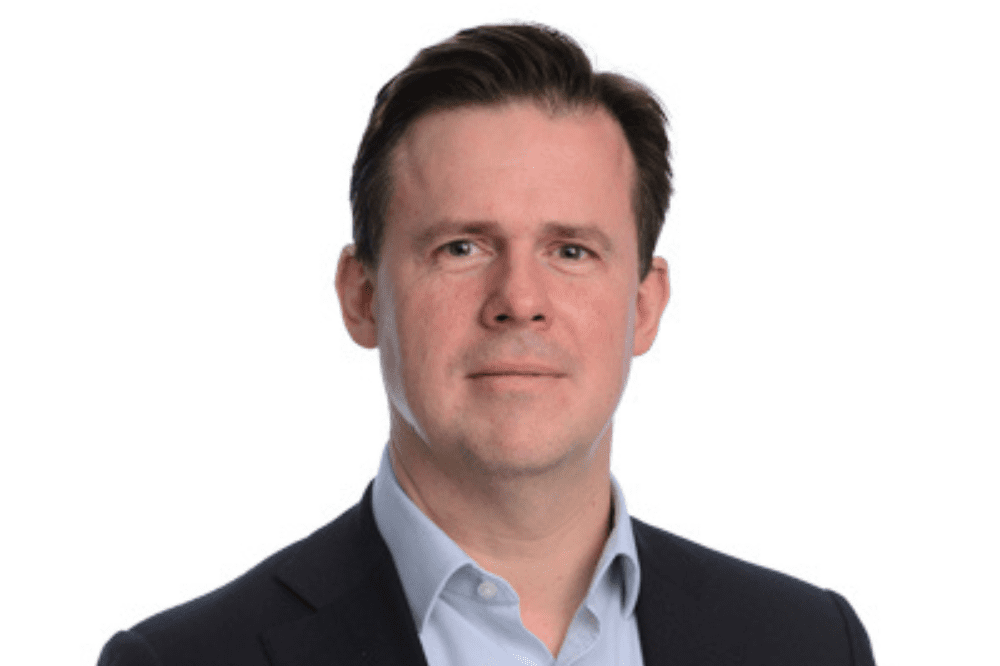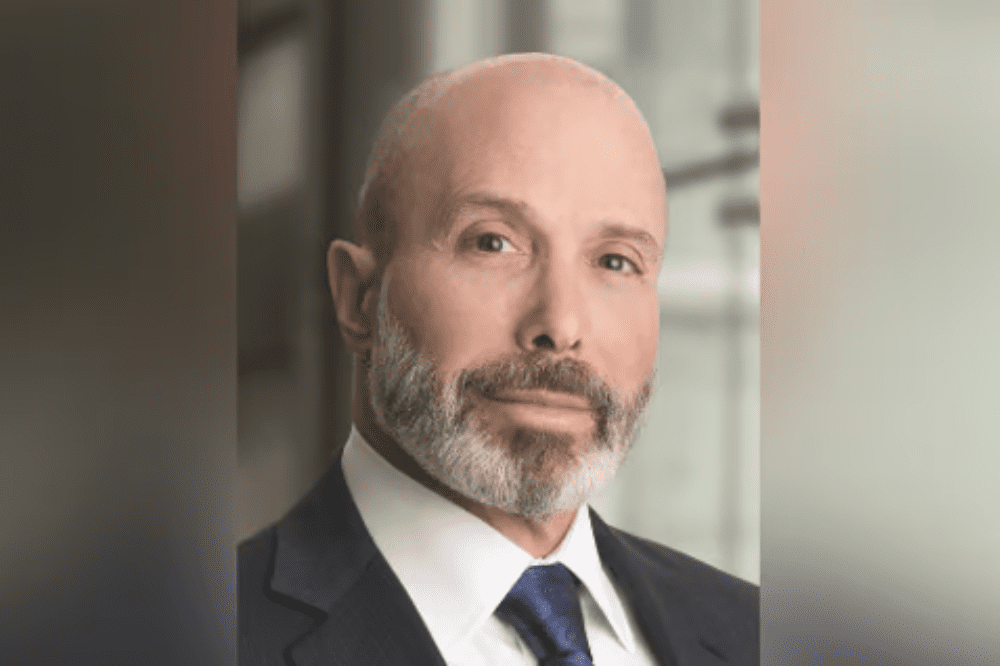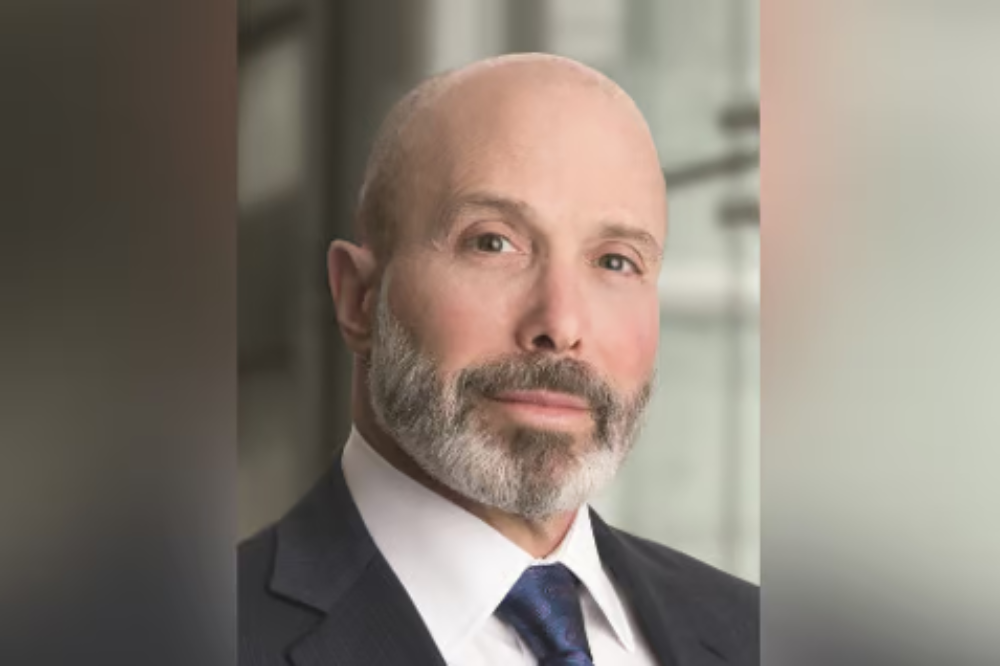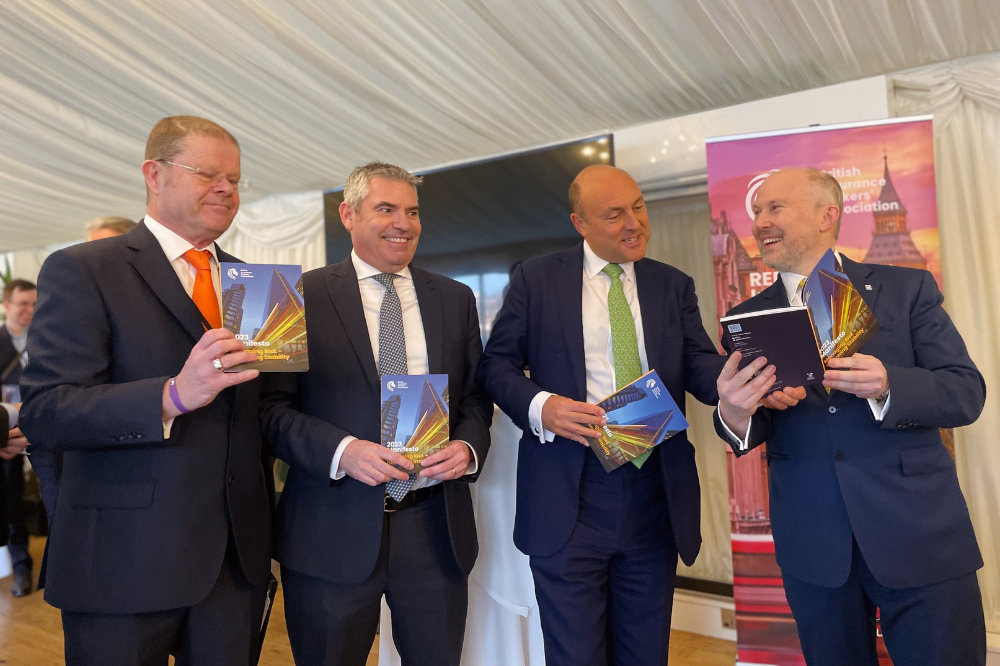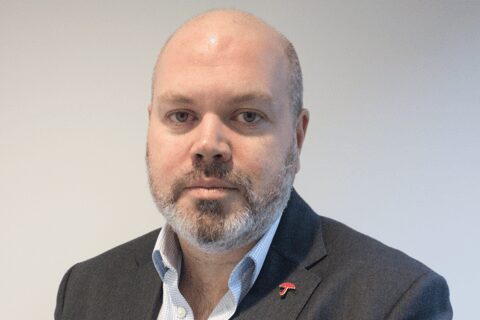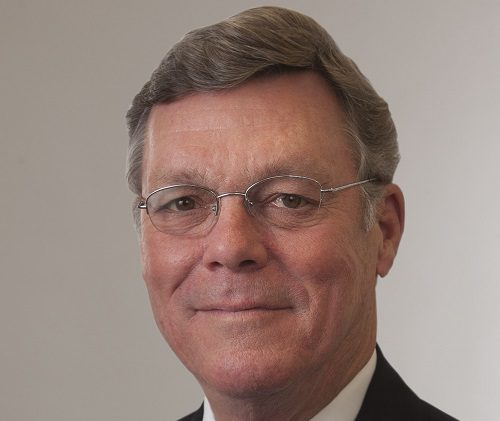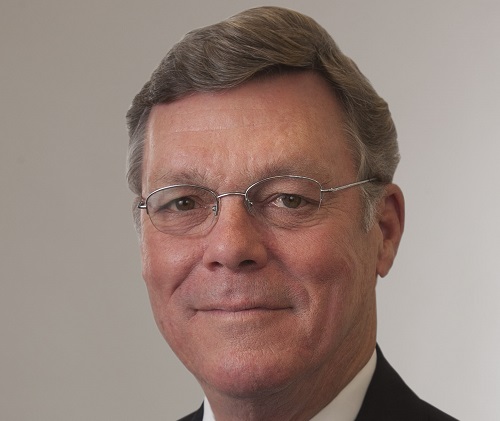![]()
Click here to catch up on any Dive In 2022 events you missed
Looking back at where the roots of his own interest in DE&I first took hold, he noted that it had been obvious to him for several years that the London market, whilst not a closed shop, was certainly stacked in the favour of a white, male, public school-educated demographic or other similar social networks. He observed that he himself had been fortunate enough to know someone in the industry.
“As I progressed in my career, I became increasingly aware of a good deal of self-assured mediocrity trading in the market, mostly due to this structural bias built into recruitment,” he said. “And confident incompetence is not what our industry or indeed any organisation needs; there is nothing more de-railing of performance.
“And whilst I was aware of this, I hadn’t been sufficiently senior or, candidly, motivated enough to be part of the solution. The change came for me when I began to really listen to female colleagues and colleagues from minority backgrounds. I began to understand and appreciate the challenges that they faced in building their careers in our industry.”
Changing conversations around DE&I
Examining some of the changes he has seen in attitudes to DE&I, Gormley said it has been encouraging to see that the industry has opened up new conversations and that considerable effort is being made by market bodies, the corporation and market players in the creation of specialist roles. We are seeing these dedicated roles being deployed to navigate the change in recruitment and development strategies that is required, he said.
He highlighted that BMS recently employed Louisa Erwin as head of DE&I and that she has already made an immediate and very positive impact at BMS, through education and training for all employees across the whole business, regardless of their roles.
“Internally,” he said, “I’ve seen our conversations really progress following the roll out of our Speaking Up and Inclusive Leadership programme, focusing on effective communication, allyship and leading with empathy. We designed this in partnership with an excellent provider, using forum theatre and actor-coaches to bring scenarios to life and the impact has been huge. We recognised the real shift comes from continued conversations and have invested in ongoing workshops and touchpoints for all colleagues.”
Milestone moments on a DE&I journey
Identifying some of the standout milestones of his own DE&I journey, Gormley emphasised the importance of self-education. For him, reading ‘Why I’m No Longer Talking to White People About Race’ and ‘Invisible Women’ was insightful and helped him gain real perspective on the systemic background and biases that require change.
“Another fascinating moment for me was participating in graduate interviews a few years ago for an entry-level role,” he said. “I had asked all the candidates the question “How many dogs are there in the UK?” This question was recommended to me by a friend in advertising and the purpose was to observe numeracy and analytical skills numbers and stop my asking the usual standard questions.
“A school-leaver from a working-class background, who had been working on a make-up counter at the time, comfortably provided the most accurate and logical response in comparison to the privately educated graduates. She is still with us, and I am sure will develop into a fantastic broker in years to come.”
DE&I – what insurance is getting right
There are areas of DE&I where insurance has made great strides and others that remain ripe for further improvement. Touching on the former, Gormley spotlighted the latest Dive-in festival and an excellent discussion exploring how the profession can raise awareness of the insurance industry amongst young people from minority and disadvantaged backgrounds. It was clear that this is a significant focus for many of the attendees, he said, and something on which many of the large brokers and carriers are leading the way.
“Another key area is the collection of data, and more firms are now recognising the importance of understanding the diversity of their workforce,” he said. “We found the Lloyd’s Data Collection Toolkit useful as we designed our own data project and are building up a clearer picture to help us understand our representation and therefore enable us to tailor our DE&I programmes and recruitment campaigns.”
DE&I – where insurance needs to do better
On where the sector can and must improve, he highlighted that there is still some work to do on shifting mindsets, as well as addressing structural and procedural obstacles such as working benefits for parents and fair recruitment procedures to engage everyone across the whole of society.
“But mindset is key,” he said. “Only last year at my mother’s funeral, I had made a last-minute decision to organise members of my family to act as pallbearers for her coffin. In that moment and to my shame, I consciously ignored my niece’s offer to help. There was no logical reason, no excuse of inferior physicality compared to my nephew, my eldest son or my brother-in-law.
“It was 100% the wrong call and I apologised to her immediately afterwards but it has stayed with me as a reminder that we can convince ourselves that we don’t carry biases, but they can appear in a split-second decision. We need to be aware of and address this.”
DE&I – combining a strong business case with the right thing to do
For Gormley, DE&I initiatives are simply the right thing to do. If we only generate opportunities for a narrow demographic then we will all be the poorer for it in the long run, he said, as it will hollow out society. It also makes commercial common sense to cast your net as wide as possible to attract talent through a fair and transparent process – to ensure you’re finding the right skills rather than simply mirroring your existing culture. Diversity in the workforce brings new opportunities, new ideas and enhances the culture of the organisation.
“But business is not all about the bottom line,” he said. “At BMS we feel strongly that there is a broader purpose to what we do as brokers and as employers, by helping people and communities flourish. We are constantly listening and launching new initiatives to promote a culture of inclusion and equity.”
Discussing some of the initiatives crafted by the firm, he highlighted its recently formed Gender Equity Network in the UK and North America, which is being launched on International Women’s Day, and is committed to raising awareness of the challenges women face and supporting women at all stages of their career. BMS is also a proud sponsor of the Afro-Caribbean in Insurance Network (ACIN) and has successfully partnered on recruitment projects, insight days and internal events.
“We are also sponsors of the Insurance Cultural Awareness Network (ICAN) and will continue to support the market networks such as Link, the Insurance Families Network (IFN) and Gender Inclusion Network (GIN),” he said. “Later in the year, we will be launching our new Early Careers Programme, supporting 6 school or college leavers through their CII level 3 qualification, whilst rotating around various teams and receiving tailored training and development and I’m looking forward to seeing how this programme develops over the coming years.
“Finally, through our charity partner Coach Core, we are finding meaningful ways to support our local community and have some exciting plans for 2023.
Dive In – sponsoring diversity, equity & inclusion in insurance
BMS’s sponsorship of Dive In is also a source of pride for Gormley and his team. The firm’s sponsorship with Dive In last year provided it with a great opportunity to engage colleagues across the globe in supporting BMS’s DE&I work, he said, and he would encourage others who are embarking on this journey to consider sponsorship as a valuable step to start the conversation and identify champions.
“I recognise we have a long way to go and that work on DE&I may never be done,” he said, “but we are seeing real progress through proactive sponsorship from our leadership team, dedicating resources and budget and empowering and encouraging all colleagues to play their part.”
Click here to catch up on any Dive In 2022 events you missed
What are your thoughts on the current state of DE&I initiatives in the insurance sector? Please feel free to share your comments below.
Source



